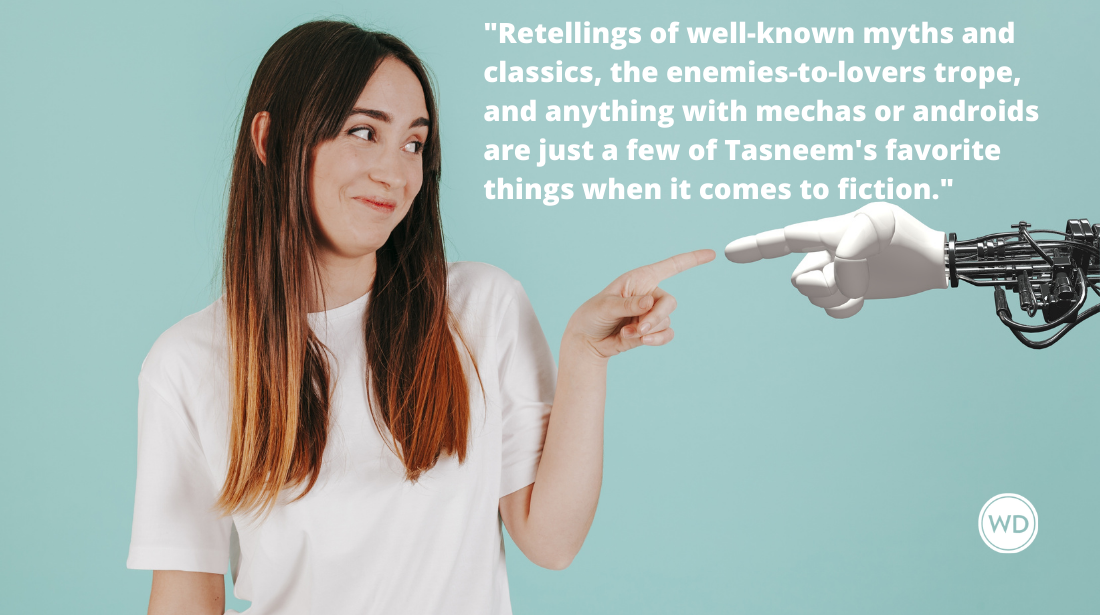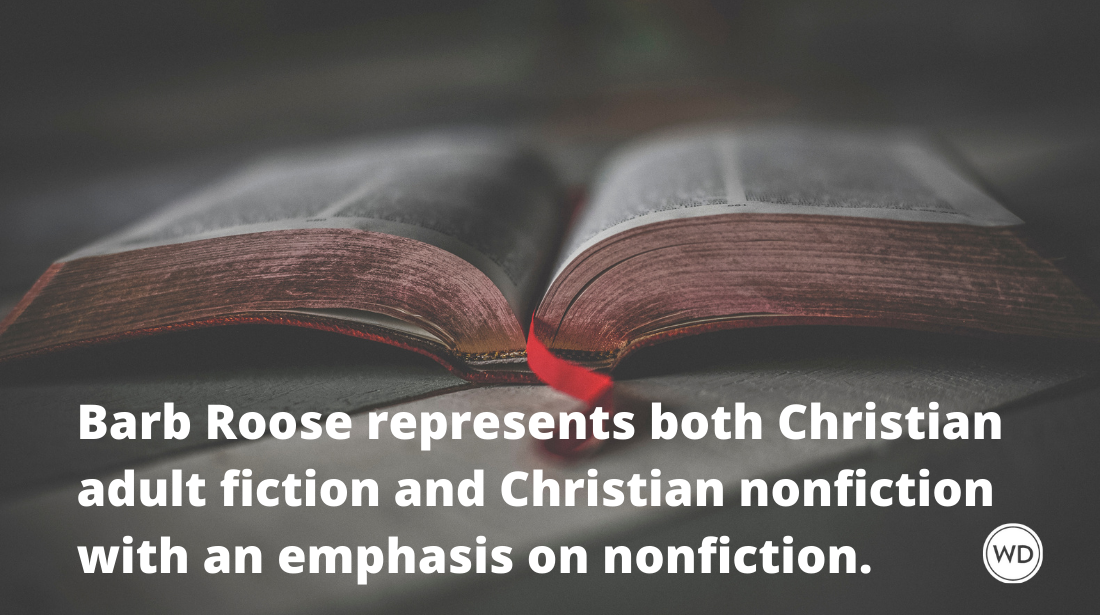7 Reasons Why Your Work May Be Rejected, by Hallie Ephron
At Killer Nashville, a trio of extremely knowledgeable publishing pros held a panel on the most common reasons why a manuscript is rejected by an agent. Below you’ll find part one of this post series. Keep in mind that the panelists were discussing why a manuscript will be rejected, not a novel synopsis or query letter. They were talking about problems within the writing.
At Killer Nashville, a trio of extremely knowledgeable publishing pros held a panel on the most common reasons why a manuscript is rejected by an agent. Below you'll find part one of this post series.
Keep in mind that the panelists were discussing why a manuscript will be rejected, not a novel synopsis or query letter. They were talking about problems within the writing.
Hallie's 7 reasons why your manuscript can be rejected:
1. Profligate use of adverbs. For instance, saying "She looked at me and smiled happily." That's telling, not showing. Instead of using adverbs, use action to show the characters' feelings and emotions.
2. Predictability—using the same plot as others. For example, a cliche mystery plot opening hook is this: A P.I. picks up his office phone and his ex-wife is on the line. She's in trouble, but can’t say why. They agree to meet later at a bar or parking lot, but she never shows because she’s been murdered.
"I want twists. Surprise me in the first chapter and I'll keep reading."
3. Too many killers. A recent manuscript she read revealed six people were actually complicit in the book's murder. It’s convoluted, confusing, and shows that the author had to pull six rabbits out of a hat at the end to wow us. This problem is likely because of earlier problems in Act II—a.k.a "the muddy middle."
4. Point of view that’s out of control. If you’re in a character’s head, stay there until the scene is over.
5. Prologues that don’t work—where writers have a boring opening, so they simply pluck out an exciting scene from the middle, put it at the beginning, and call it the prologue.
6. A plot with no spine. When the scenes seem to jump around—you’re here, you’re there, now you’re there—the book has no backbone. "You have to get me to care about the main plot for me to keep reading."
7. Getting stuck to an outline. "Don’t let your plot trap your characters." If you write an outline and, in the middle of the story, the protagonist is supposed to run into a burning building, that’s fine. But as you begin the flesh out your protagonist and write the book, you may craft a character who wouldn’t realistically run into a burning building—perhaps he’s too smart, or too cowardly or whatever.
Her final tips: "Surprise me. Make me laugh. Make me care about your characters. Don’t let the frustration get you down. We all go through the 'It’s a piece of sh*t' stage."
Hallie Ephron's Writing and Selling Your Mystery Novel.
Hallie Ephron is the New York Times best-selling author of suspense and mystery novels. Her novels have been called “deliciously creepy” (Publishers Weekly), “gripping” (The Boston Globe), and “snaky and unsettling” (Seattle Times). She is a four-time finalist for the Mary Higgins Clark Award, recognizing excellence in suspense. Her novel Never Tell a Lie was turned into a movie for the Lifetime Movie Network. She wrote an On Crime book review column for The Boston Globe for more than ten years and won the Ellen Nehr Award for Excellence in Mystery Reviewing. The first edition of Writing and Selling Your Mystery Novel was an Edgar Award finalist. Hallie is a popular speaker and teaches writing at conferences nationally and internationally.




